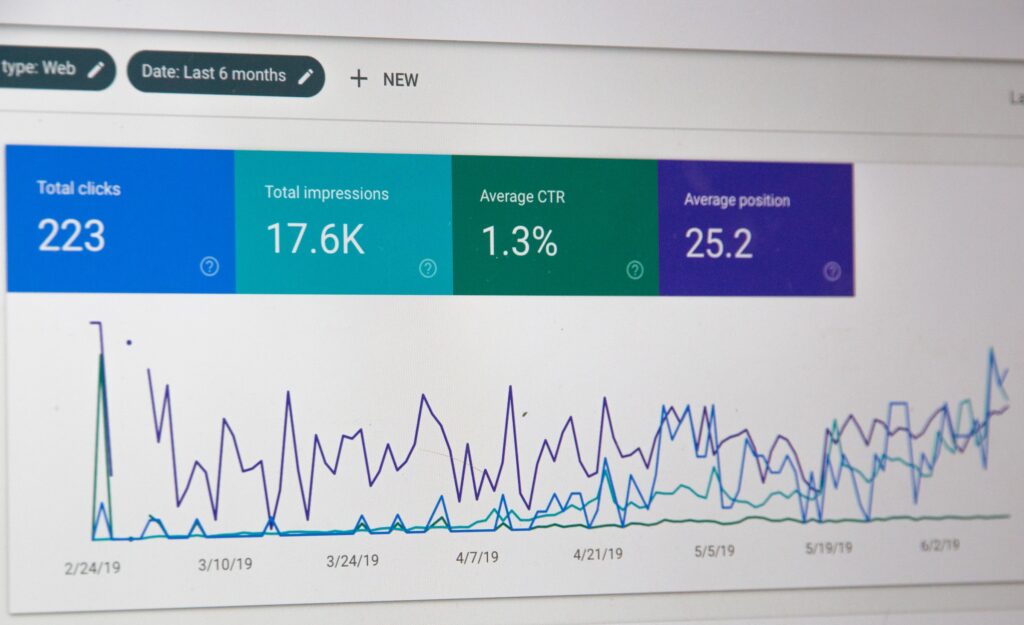1) Introduction to AdSense Limitations
1.1) The Concept of Ad Limitation
Have you ever encountered a message from Google AdSense saying, “The number of ads you can show has been limited for one or more of your AdSense products. For more information, go to the Policy centre.”? If so, you’re not alone. This is a common occurrence known as Ad Limitation. But what does it mean? Essentially, it’s a protective measure taken by Google to maintain the integrity of their advertising ecosystem.
1.2) Reasons for Ad Limitation
Ad Limitation can be triggered by a variety of factors. These include, but are not limited to, policy violations, suspicious traffic patterns, and content that doesn’t adhere to Google’s guidelines.
2) Delving Deeper into AdSense Limitations
2.1) Policy Violations
2.1.1) Invalid Traffic
One of the most common reasons for Ad Limitation is invalid traffic. This refers to any clicks or impressions that may artificially inflate an advertiser’s costs or a publisher’s earnings. Invalid traffic covers intentionally fraudulent traffic as well as accidental clicks.
2.1.2) Content Policy Breach
Another common cause of Ad Limitation is a breach of content policies. This could be due to hosting content that’s against Google’s guidelines, such as adult content, violent content, or content that promotes illegal activities.
2.2) How AdSense Determines Limitations
Google uses sophisticated systems to determine whether to limit the number of ads on your site. These systems take into account a wide range of signals related to site traffic and user behaviour.
3) Navigating Through AdSense Limitations
3.1) Steps to Resolve Ad Limitations
3.1.1) Reviewing AdSense Policies
The first step in resolving Ad Limitations is to familiarise yourself with AdSense policies. Understanding these policies can help you identify what might have triggered the limitation.
3.1.2) Identifying and Rectifying Invalid Traffic
Next, you should look into your site’s traffic to identify any invalid activity. This could be a sudden surge in traffic, an unusually high number of clicks, or traffic from suspicious sources.
3.1.3) Improving Content Quality
Ensuring your content adheres to Google’s guidelines is another crucial step. This includes removing any prohibited content and focusing on creating high-quality, unique content.
3.2) Waiting Period and Re-evaluation
After making the necessary changes, there’s typically a waiting period before Google re-evaluates your site. This period can vary, but it’s usually about 30 days.
4) Preventing Future AdSense Limitations
4.1) Best Practices for AdSense Users
To prevent future Ad Limitations, it’s important to regularly review and adhere to AdSense policies, monitor your site’s traffic for any unusual activity, and consistently produce high-quality content.
5) Conclusion
Navigating through AdSense limitations can be a challenging process, but with a clear understanding of the reasons behind these limitations and the steps to resolve them, you can effectively manage and even prevent future limitations.
6) FAQs
What does “The number of ads you can show has been limited” mean?
This is a message from Google AdSense indicating that they’ve limited the number of ads on your site due to certain issues, such as policy violations or suspicious traffic patterns.
What is invalid traffic?
Invalid traffic refers to any clicks or impressions that may artificially inflate an advertiser’s costs or a publisher’s earnings. It covers intentionally fraudulent traffic as well as accidental clicks.
How can I resolve Ad Limitations?
You can resolve Ad Limitations by reviewing and adhering to AdSense policies, identifying and rectifying invalid traffic, and improving the quality of your content.
How long is the waiting period before Google re-evaluates my site?
The waiting period can vary, but it’s usually about 30 days.
How can I prevent future Ad Limitations?
You can prevent future Ad Limitations by regularly reviewing and adhering to AdSense policies, monitoring your site’s traffic for any unusual activity, and consistently producing high-quality content.

